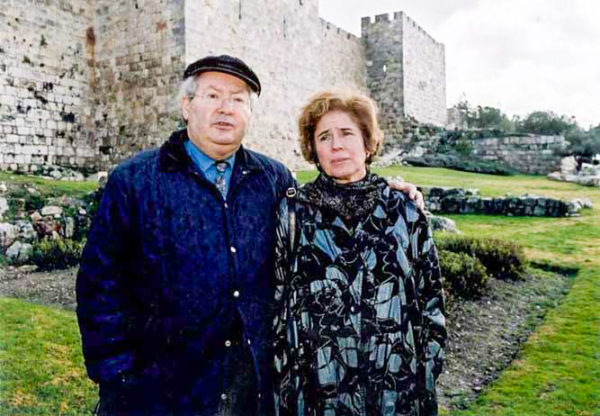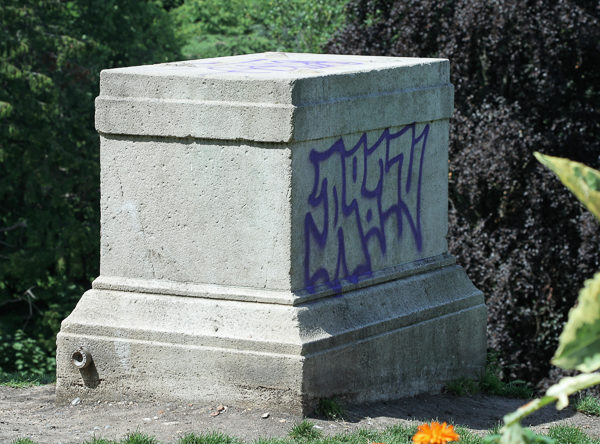Serge Klarsfeld did an exhaustive study of the French children who were deported to KZ Auschwitz II-Birkenau and other concentration camps during the German Occupation of France between 14 June 1940 and 25 August 1944. The number of deported children (i.e., under the age of eighteen) totaled 11,146. He estimated that less than three hundred returned. His book (see below in “Recommended Reading”) is quite lengthy at 1,881 pages. The motivation behind writing the tome was to create a memorial to the children by recording images of the young victims rather than allowing them to slip into history as mere statistics and a footnote. Klarsfeld appealed to the families and friends to send him photographs of the children who were deported. Approximately two-thirds of the book are these photographs and, in many instances, a short description of the childrens’ fates.

I will center our discussion today on the children who survived. However, most of the stories do not end well as parents and siblings often perished at the hands of the Nazis. Click here to watch the video clip French Jewish Children for the Holocaust. Read More The Children Who Survived

